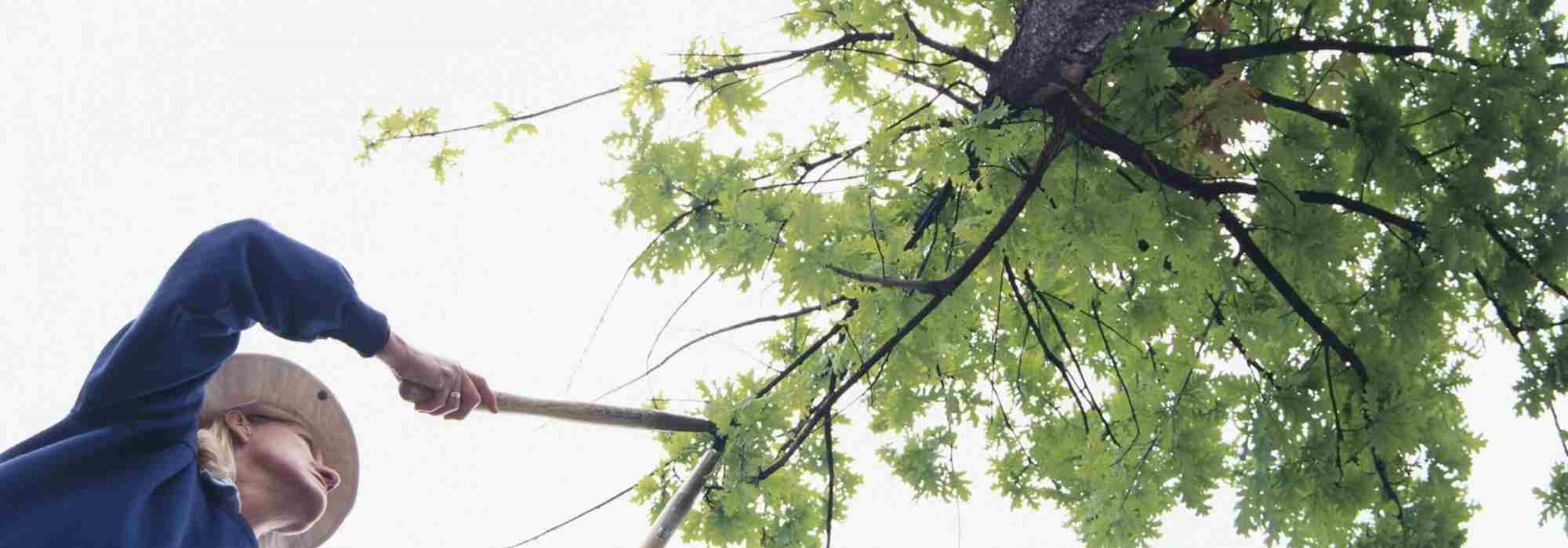
How to prune a tree?
Respecting plant life
Contents
Trees grow slowly. But even so, a tree, once mature, will need pruning. This operation, both aesthetic and beneficial to the tree’s health, allows removal of dead wood, balances the branches and lets you work on height and volume and even the tree’s transparency. This pruning work must not be taken lightly: for the tree, but also for the gardener, because it can be dangerous. Whether you call in a specialist, a qualified tree surgeon, or tackle light pruning yourself, here are the important points to consider.
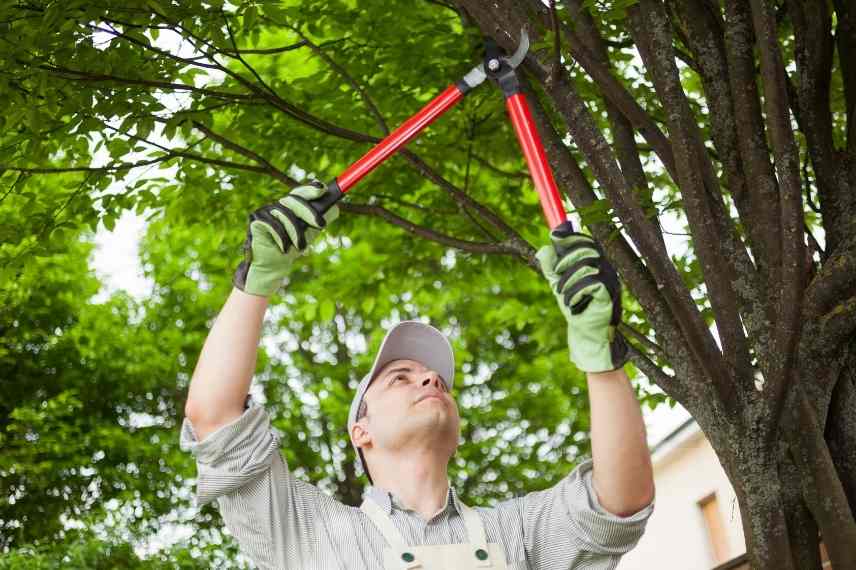
Why prune a tree?
Pruning is the operation of removing certain branches from a tree. This work is essential, but pruning must not be carried out lightly or without thought. Here are different reasons to prune a tree:
- Prune to maintain aesthetic appearance of trees: aim is to remove anything that appears to mar species’ natural form. For example, preserve columnar silhouette of an Italian poplar, while taking care to emphasise umbrella shape of an Albizia.
- Prune to preserve health of trees: by removing dead, diseased or poorly placed wood or by thinning branches to prevent possible breakage.
- Prune to contain growth of a tree: always consider mature size of tree when planting. But sometimes branches become overwhelming. They may be too large, cast too much shade or extend over a neighbour’s property or public space. Remember to respect applicable regulations in such cases. A little pruning is better than a fine or a lawsuit.
- Prune if it becomes dangerous: if branches threaten to fall or if branches touch power cables or sag onto a roof, for example.
- Prune before any work or in view of future felling of the tree; for large trees this is called dismantling.
- Pruning is also carried out to preserve wood quality in forestry (which is of little relevance to our gardens).
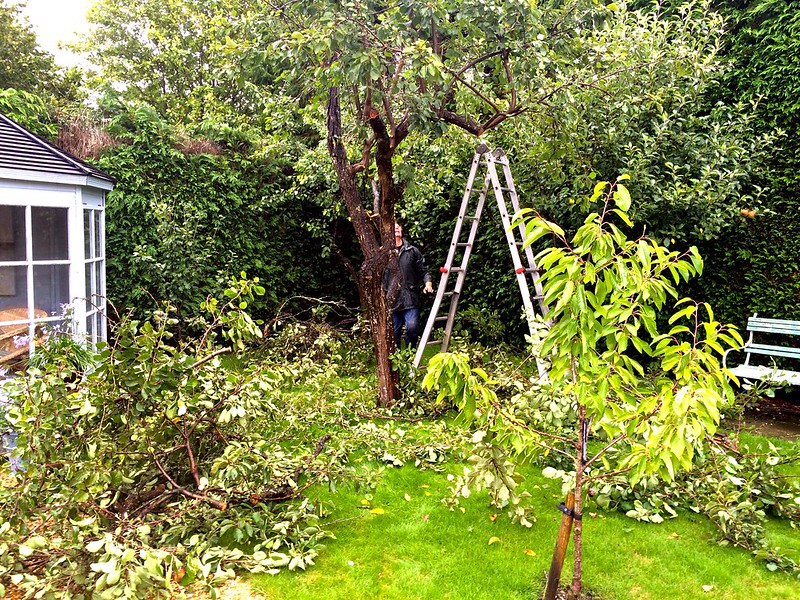
Severe pruning of a plum tree (© Herry Lawford)
Read also
When and how to cut a large tree branch?How to prune a tree?
What to cut?
Care must be taken during pruning to preserve a natural silhouette for your tree. For this, think twice before cutting. Cut without hesitation dead, broken and diseased wood; the rest will require a minimum of thought:
- dead wood : first, removing anything dead in the branches will make it easier to see;
- diseased, broken or damaged wood : anything that does not appear completely healthy should be cut back to sound wood with a clean cut;
- poorly placed wood : branches that cross or overlap, shoots that spoil the natural silhouette of the tree, branches that grow towards the ground or towards the centre of the branches… This operation is carried out by judgement and on a case-by-case basis. Do not hesitate to step back to contemplate your tree and see what is wrong with the arrangement of its branches;
- suckers from the roots and vigorous shoots on the trunk and main branches;
- finally, reduce the length of lateral branches and crown-top branches (the top of the branches) only if it is necessary to reduce its size. Such a cut tends to make the tree regrow more vigorously afterwards and will require regular attention. Moreover, it is always a risk of disfiguring the overall appearance of your tree.
How to cut?
The subject of pruning a branch or a shoot is so vast that here we will focus mainly on cutting large-section branches (over 5 cm in diameter). This type of cut requires work in three stages:
- Make a “saw cut” with a handsaw or chainsaw under the branch you wish to cut and 20–30 centimetres from its base (where it starts from the trunk or a main branch). This saw cut should be about one third of the branch’s depth;
- Just a little further out from this saw cut (a few centimetres) and on top of the branch, start the “real” cut and begin sawing. Under its own weight the branch to be cut will break. This will result in an unsightly stub;
- Cut back this stub cleanly and neatly with a very slightly oblique cut (to help water run off) at one centimetre from the trunk or carrying branch. The tree will then form a healing ridge and you will avoid formation of a dead stub (a chicot).
Warning!! : Severe pruning is a trauma for the tree. Cutting large-section branches (diameter larger than the forearm) is always a risk of weakening the tree and a major entry point for pathogenous germs before healing. Ideally, work in several stages, over three or four years, and prune from a young age of the tree by cutting small-diameter branches.
When to prune?
Pruning should preferably be carried out during trees’ dormant period. Either in autumn between leaf fall and first severe frosts (November–December), or in spring before sap rise (late February depending on weather or rather March). Pruning at this time is also ideal because the branches can be seen more easily (in case of leafy trees).
However, it has been found that pruning in early autumn (early October) or late spring (June) allows better healing.
Above all, avoid early spring during sap rise; excessive sap flow will weaken the tree; and avoid late summer, because young shoots risk freezing in winter.
Keep in mind that dead wood can be removed at any time of year! Same for broken or diseased branches which can be cut “as an emergency” even outside pruning periods.
How often to prune trees?
Frequency depends on tree species and especially on its size and age.
Prune every 2 years until the tree reaches 10 years old. Between 10 and 20 years, every 5 or 6 years. And finally, when the tree is mature or of a certain age: at most every 10 years.
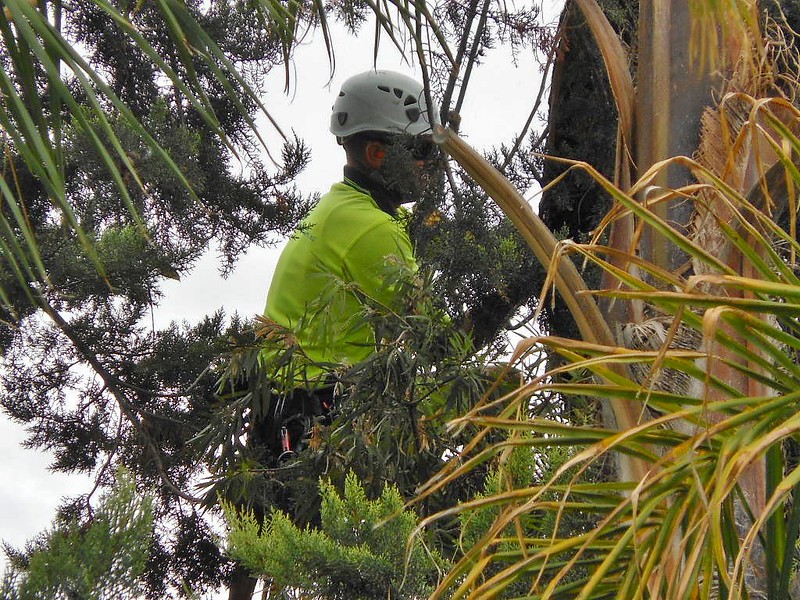
Pruning entrusted to a professional (© Michael Coghlan)
Discover other Saws
View all →Available in 1 sizes
Available in 1 sizes
Available in 1 sizes
Available in 1 sizes
Available in 1 sizes
Available in 1 sizes
Available in 1 sizes
Available in 1 sizes
Available in 1 sizes
What equipment for effective pruning?
Don’t attempt pruning unless properly equipped.
- Arborist or pruning saw : such as the Bahco 340-6T pruning saw, some can be attached to a long handle (Bahco 386-6T arborist saw) ;
- Pruning shear and loppers : some are available with telescopic handles (Bahco telescopic lopper) and pole pruners for working at height ;
- Chainsaw and, if necessary, pole pruner ;
- Pruning knife to tidy up pruning wounds neatly ;
- Gloves, safety goggles, plus chainsaw-resistant trousers and hearing protection when using a chainsaw ;
- Step ladder, scaffolding and ropes for working at height and in centre of branches : I can only advise calling in a professional. Stop playing hero in the garden! Don’t fill hospitals (or worse!) because of a tree… ;
- Wound sealant, optionally : wound sealant remains controversial. Previously, everyone swore by sealant on every pruning wound over 3 cm, but sealant tends to trap heat, humidity and… pathogenous germs. This is harmful to tree health. Best is to let tree heal naturally. However, sealant is still used on fruit trees and on sensitive trees such as poplars, Prunus (plum, peach, cherry…) or limes.
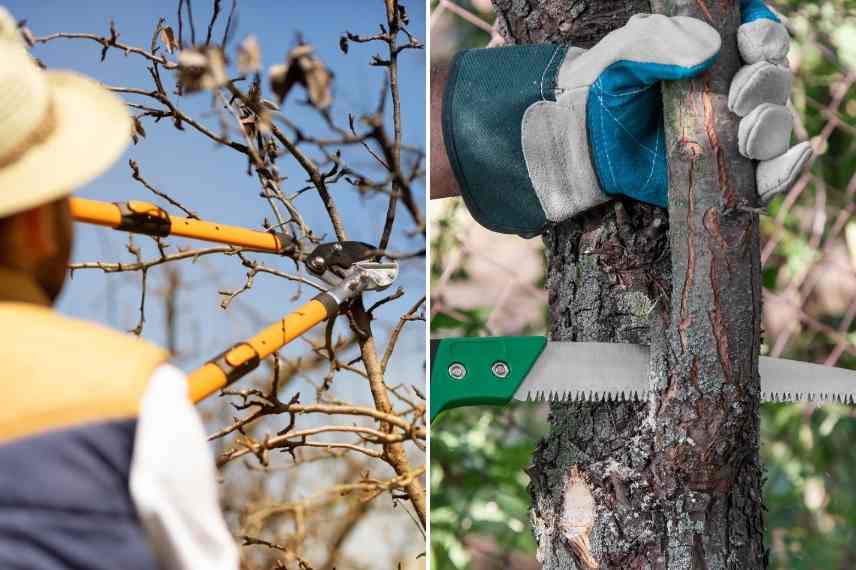
Don't be a hero!
Pruning a tree can be tiring, difficult, even dangerous. Don’t forget some key points!
- Do not climb a tree if possible; favour working from ground level or, failing that, from a well-stabilised ladder or scaffold;
- Provide suitable tools to make pruning easier. This will be safer for you and for the tree;
- Use protective equipment: gloves, safety goggles, galea if necessary, hearing protection if you work with machinery, cut-resistant trousers and sleeves if you operate a chainsaw;
- Never work alone! And keep a mobile phone within reach.
Call in professionals: if the tree is young and branches can be easily cut, you can of course take care of it yourself. However, pruning a large tree is not a job to be taken lightly. In that case, it’s better to call in professional tree-climbing arborists. They should work with respect for the plant and in a way that is safe for everyone (themselves and people on the ground). In addition, they usually chip branches (Hooray! Free BRF!), remove logs, or even grub out the stump if necessary.
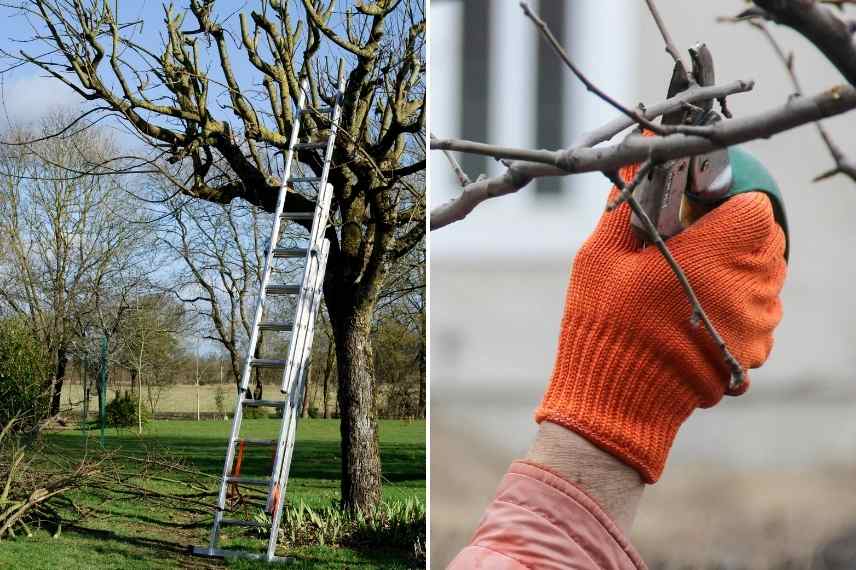
Stable ladder, protective gloves… you must pay close attention to safety when pruning
- Subscribe!
- Contents
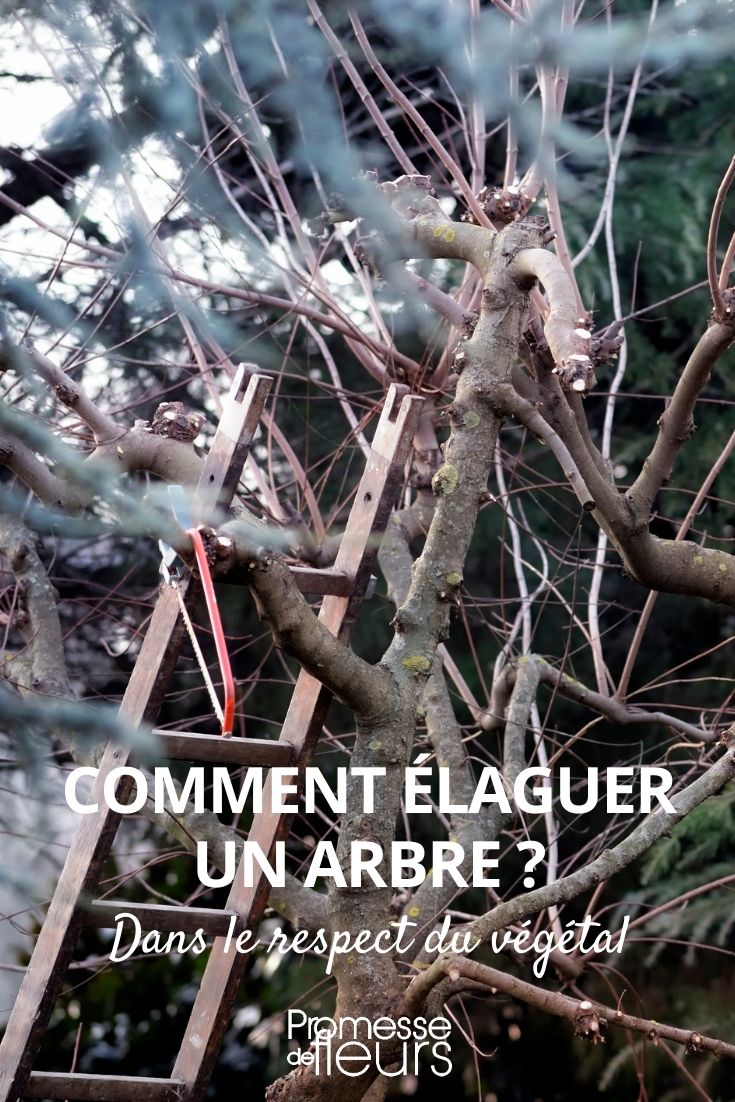































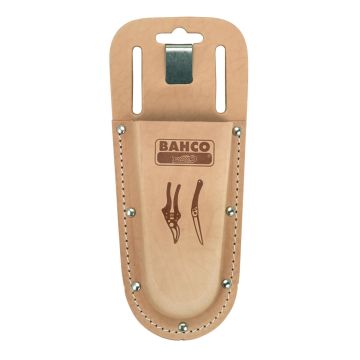
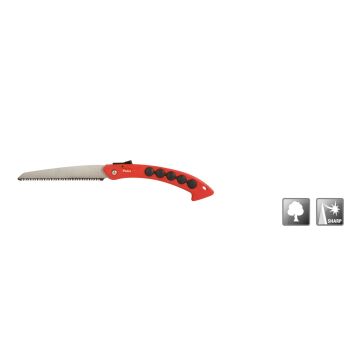
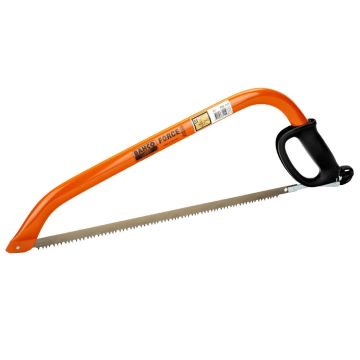
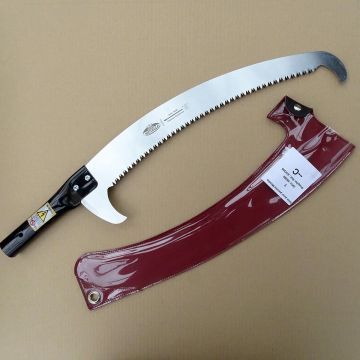
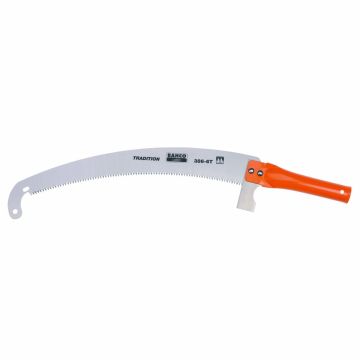
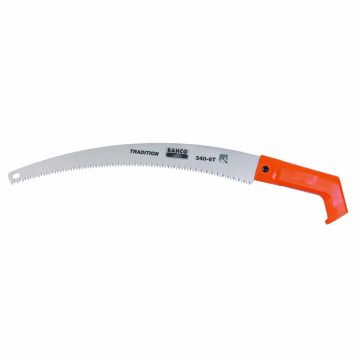
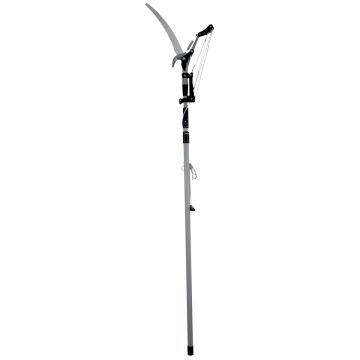
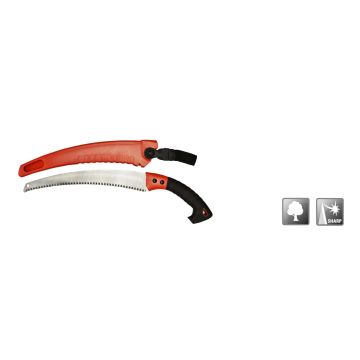
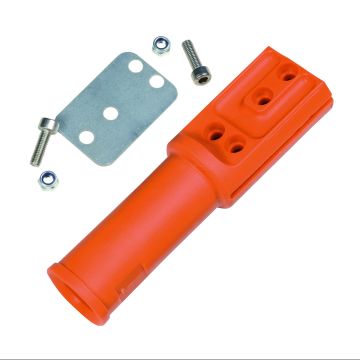
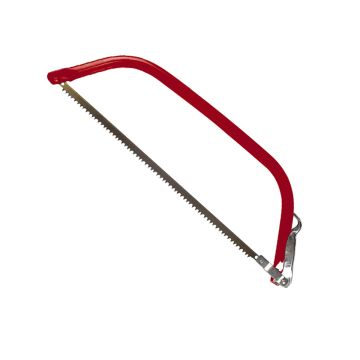
Comments